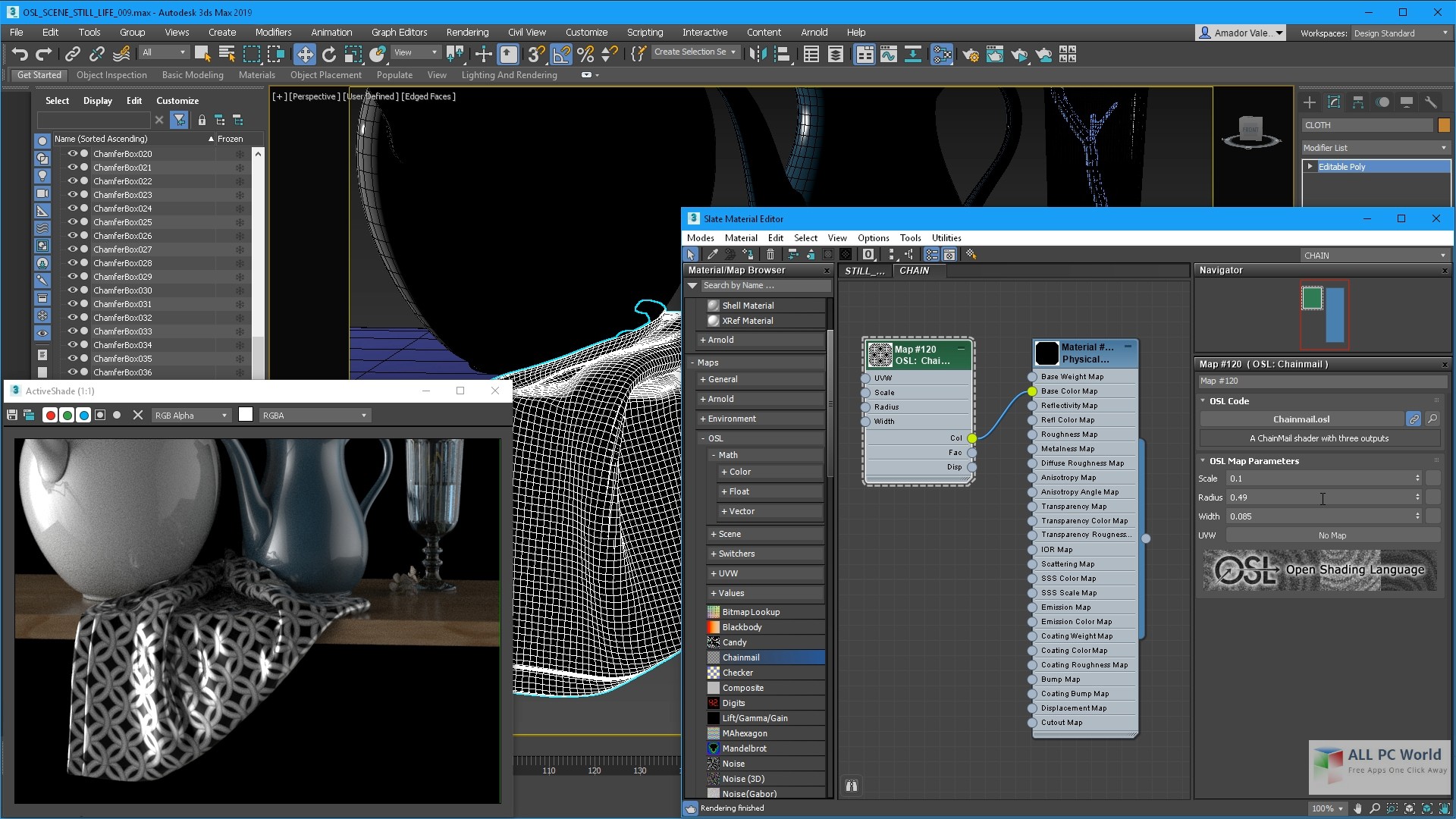

Miguel and Julian supervised the whole process helping me whenever I had issues.Īfter testing and investigating how the 3ds Max plugin API worked, we concluded that the best approach would be a hybrid plugin, also making use of the Autodesk MAXScript language, managing to make the most of the software. Several other concepts related to the materials themselves and how they are used in practice were also new.

While I had previous working experience with C++, the 3ds Max API and even the software itself were still unknown to me. The project started in January 2020 and from the get–go, presented itself as both a great learning opportunity and a challenge. Down the line, the plugin would also make an integration with RapidCompact through the use of its own API, allowing it to optimize the model. This plugin would access an asset’s materials through the 3ds Max software itself, map existing V–Ray materials to PBR materials and export them. Ideally, we would come up with a plugin to bridge the gap between 3ds Max and their own software, RapidCompact, by approximating, converting and exporting the V–Ray materials as textures for FBX files. Wanting to streamline this process, DGG contacted me to work on a proof-of-concept. There was, more importantly, no automatic way to convert V-Ray based materials from a 3ds Max model to real-time materials to be used with an FBX model – this had to be done manually for each mesh, material and model which could be very time-consuming. One common problem they identified is that e-commerce companies, for example, furniture retailers had high-quality CGI ready models with complex materials and wanted to make it available on a product page for end-customers to view and interact. RapidCompact, as well as DGG itself, aims to make interactive 3D graphics accessible by anyone, from anywhere. The General Problem: Preparing CGI Models for Real-Time Rendering This blog post will be a recollection of what we learned during that time, and where we can go from there. The company’s CTO, Miguel Portela Sousa and their 3D Solutions Engineer, Julian Neagu supervised my work.


In January and February 2020, I worked with DGG, the creators of RapidCompact, as a Graphics Programmer implementing a prototype of an Autodesk 3ds Max 2020 plugin. Coming from a Computer Graphics and Machine Learning background, I’ve been involved in NVIDIA Ray Tracing and real-time rendering research projects for the past three years. Hi everyone! I’m João Vítor Silva, a Master of Science student in Computer Science at the State University of Campinas, Brazil.


 0 kommentar(er)
0 kommentar(er)
